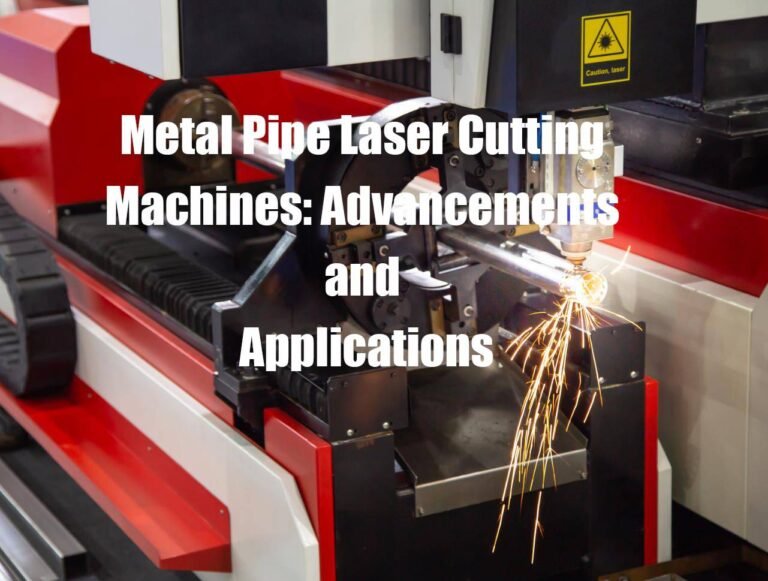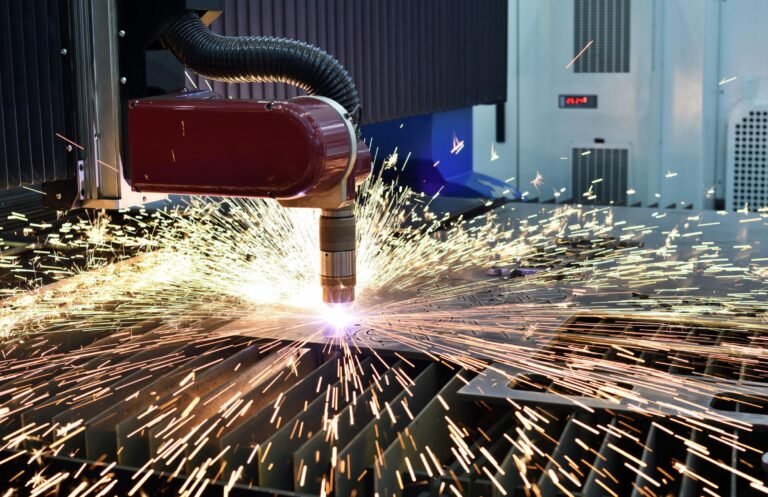Laser Cutting vs. Plasma Cutting vs. Waterjet Cutting: Which Method Is Best for Your Project?
When it comes to cutting materials for various industrial and manufacturing applications, there are three main technologies to consider: laser cutting, plasma cutting, and waterjet cutting. Each method has its own advantages and disadvantages, which makes it essential to understand their differences to determine the best option for your project. In this article, we will discuss these cutting methods and how laser nozzles, laser protective windows, and laser ceramic parts play a role in the cutting process.
Laser Cutting
Laser cutting uses a focused high-power laser beam to cut materials. The process is highly precise and can cut a wide range of materials, including metals, plastics, and wood. The laser cutting process requires high-quality laser nozzles from brands like Precitec, Trumpf, Raytools, Bystronic, and Amada to ensure optimal performance.
Pros
- High precision and accuracy
- Clean cuts with minimal burr
- Little to no material distortion
- Ability to cut intricate shapes and small holes
Cons
- High energy consumption
- Limited thickness range
- More expensive compared to other cutting methods
Plasma Cutting
Plasma cutting uses an electrically conductive gas, such as air or nitrogen, to create a high-temperature plasma arc that melts and cuts through metals. This method is best suited for cutting thicker materials and is generally faster than laser cutting.
Pros
- Fast cutting speed
- Can cut thick materials
- Less expensive compared to laser cutting
Cons
- Lower precision and accuracy compared to laser cutting
- Requires a conductive material (e.g., metal)
- Heat-affected zone can cause material distortion
Waterjet Cutting
Waterjet cutting uses a high-pressure jet of water mixed with an abrasive material to cut through materials. This method is versatile and can cut a wide range of materials, including metals, plastics, glass, and stone.
Pros
- Can cut almost any material
- No heat-affected zone, reducing material distortion
- Environmentally friendly
Cons
- Slower cutting speed compared to laser and plasma cutting
- Lower precision compared to laser cutting
- Can be noisy and require more maintenance
Choosing the Best Method for Your Project
When deciding on the best cutting method for your project, consider factors such as material type, thickness, required precision, and budget. Laser cutting is ideal for projects requiring high precision and intricate shapes, while plasma cutting is better suited for thicker materials and faster cutting speeds. Waterjet cutting is a versatile option for a wide range of materials and eliminates heat-related distortion.
Remember, the success of your cutting process also relies on the quality of your equipment, including laser nozzles, laser protective windows, and laser ceramic parts. Be sure to invest in high-quality products from reputable brands like Precitec, Trumpf, Raytools, Bystronic, and Amada to ensure the best results.
To further optimize your cutting process, consider the following tips:
- Understand your material properties: Different materials have varying cutting requirements. Research your material’s properties, such as heat resistance and hardness, to determine the most suitable cutting method.
- Prioritize precision and quality: Depending on your project’s requirements, you may need to prioritize precision and edge quality. For example, if you’re producing parts for aerospace or medical applications, laser cutting is likely the best choice due to its high precision and clean cuts.
- Evaluate production speed and efficiency: Consider the production speed and efficiency of each cutting method. Plasma cutting is generally faster than laser cutting, while waterjet cutting is slower but can handle a wider range of materials.
- Factor in operating costs: Each cutting method has different operating costs, including energy consumption, consumable parts, and maintenance. Laser cutting can be more expensive due to its high energy consumption, while plasma and waterjet cutting may have lower operating costs.
- Consider environmental impact: Waterjet cutting is an environmentally friendly option, as it produces no heat-affected zones or harmful emissions. If minimizing your project’s environmental impact is a priority, waterjet cutting may be the best choice.
By carefully evaluating the pros and cons of each cutting method and investing in high-quality equipment like laser nozzles, laser protective windows, and laser ceramic parts, you can choose the best cutting technology for your project and ensure optimal results. Don’t forget to consult with cutting technology experts or seek technical support if you need further guidance in selecting the right cutting method for your specific needs.



